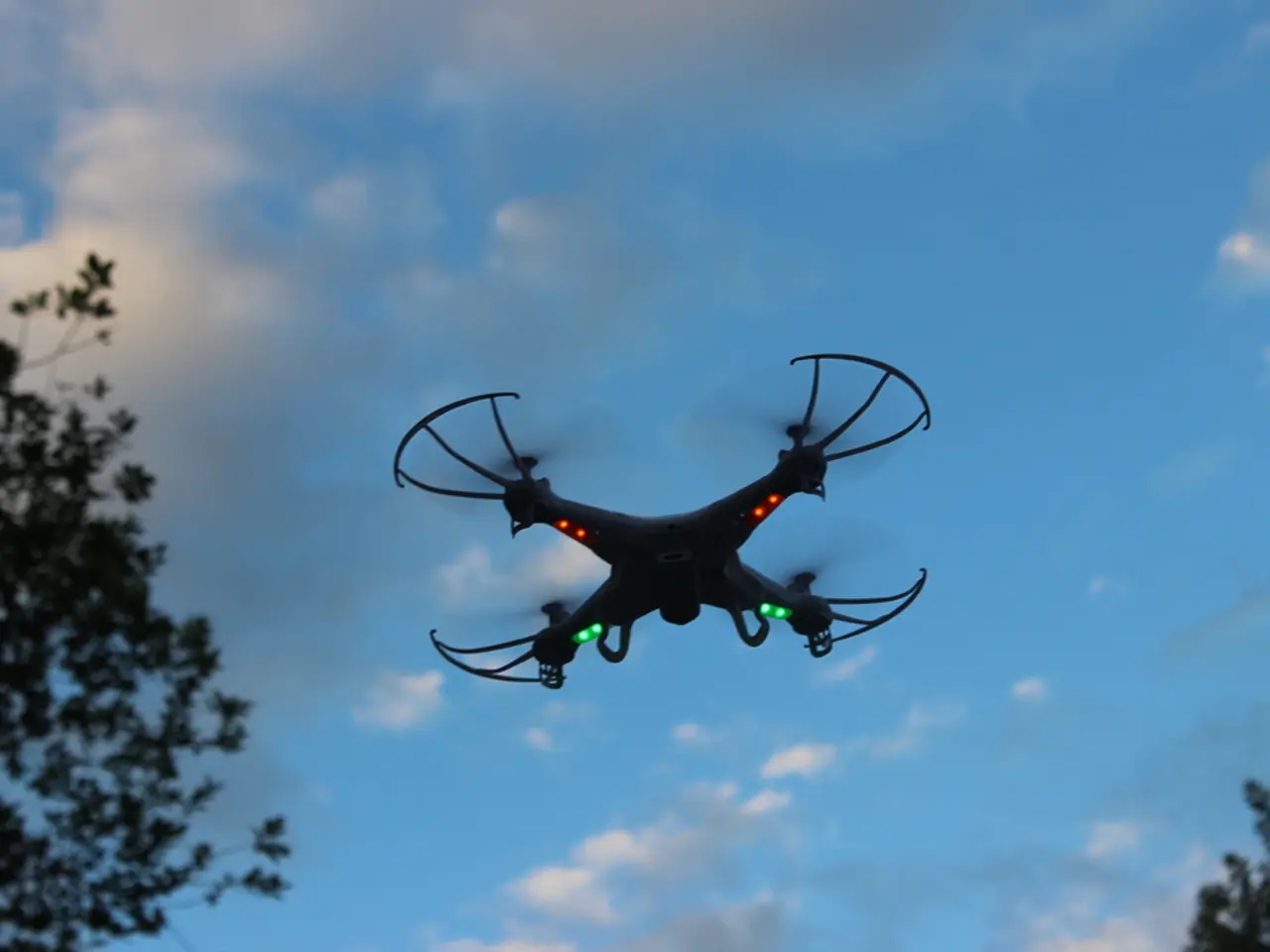Increasing adoption of drone photography for unique aerial perspectives
In the realm of filmmaking, drones have become a game-changer, unlocking new realms of creativity and storytelling. They have redefined aerial cinematography, providing filmmakers with unprecedented access to unique angles, dynamic movements, and perspectives that traditional methods like helicopters or cranes cannot match.
Drones enable filmmakers to capture sweeping aerial views with precision and ease, redefining how scenes are visualized. With their ability to fly in tight spaces, indoors, or at various altitudes, they allow for shots that set a scene’s tone, establish scale, or draw the viewer’s focus dynamically. For example, they enable smooth tracking of moving subjects, adding energy to action sequences or intimacy to character-driven moments.
Modern drones offer high-resolution cameras (4K to 8K), superior stabilization, intelligent flight modes, and even immersive 360° shooting capabilities. These technological advancements push the boundaries of visual storytelling and immersive filmmaking techniques. Filmmakers can plan shots like directors using storyboards and flight apps to storyboard wide landscape sweeps or intricate reveals, enabling storytelling that is both cinematic and emotionally engaging.
Operating drones is significantly cheaper and faster than traditional aerial filming, reducing setup time and crew requirements. This makes aerial cinematography accessible even to lower-budget productions while maintaining professional quality.
However, drone filmmaking requires careful consideration. Maintaining a clear line of sight with the drone is crucial, and staying informed about no-fly zones is essential. Filmmakers must be aware of privacy concerns and ensure they have consent when filming over private property. They should obtain location-specific permissions from local councils or private property owners. Navigating regulations is essential to ensure compliance with local laws and regulations.
Filmmakers should also master camera angles, with low-angle shots and top-down perspectives being key techniques for captivating aerial cinematography. Planning flight paths, leveraging gimbal control, incorporating speed variations, and utilizing ND filters are important techniques for enhancing the cinematic quality.
Lastly, filmmakers should invest in extra batteries, ND filters, carrying case, and propeller guards to enhance the quality of their shots. They should also look for drones equipped with 4K or higher resolution cameras. Additionally, obtaining Remote Pilot Certificates from aviation authorities is necessary. With these considerations in mind, drones have transformed aerial cinematography from a costly niche into a versatile, essential tool that broadens narrative scope, reduces production barriers, and enables innovative cinematic storytelling techniques across film and television.
References: 1. Drones in Film and Television 2. How Drones are Changing the Film Industry 3. The Rise of Drones in Cinematography 4. The Impact of Drones on Filmmaking 5. The Evolution of Aerial Cinematography with Drones
- Drones have revolutionized the realm of cinematography, redefining aerial filming and offering unprecedented angles for storytelling.
- With capabilities like 4K to 8K resolution cameras, superior stabilization, and intelligent flight modes, drones have pushed the boundaries of visual storytelling in films and television.
- Filmmakers can now capture unique scenes, such as indoor locations or dynamic long shots, thanks to drones' ability to fly in tight spaces and various altitudes.
- By reducing setup time, crew requirements, and costs, drones have made aerial cinematography accessible to lower-budget productions without compromising on quality.
- Mastering camera angles, flight paths, gimbal control, speed variations, and utilizing ND filters are essential techniques for enhancing cinematic quality with drone filmmaking.
- Aspiring filmmakers should consider obtaining extra batteries, ND filters, carrying case, propeller guards, and a Remote Pilot Certificate, as well as investing in drones equipped with 4K or higher resolution cameras.




